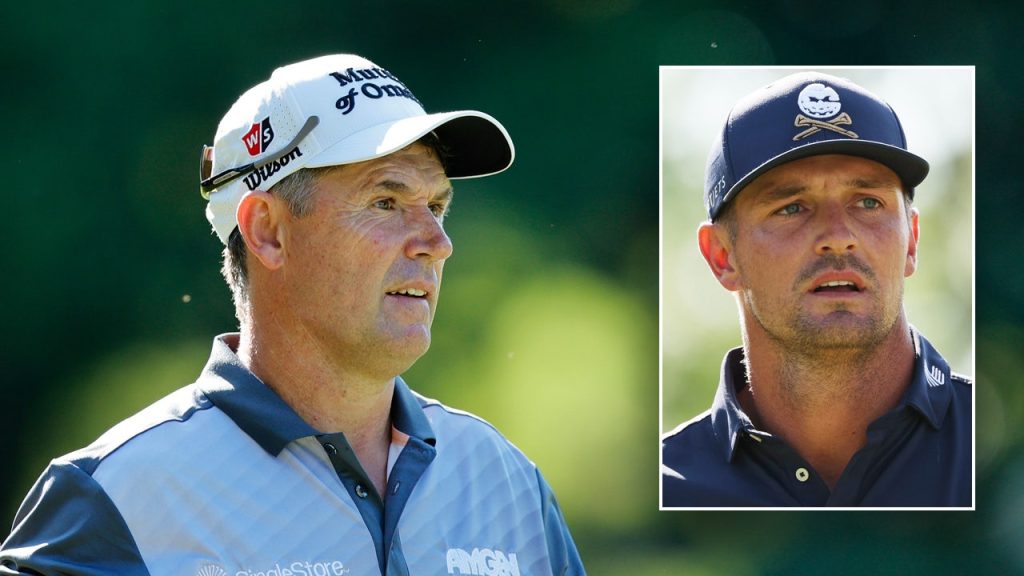Phil Mickelson and Padraig Harrington have expressed concerns about the future of golf amid the rise of the LIV Golf tour, a rival competition backed by Saudi money. Mickelson recently questioned what the future of golf might look like if top players were not allowed to compete in majors, while Harrington reflected on the absence of certain players at the PGA Championship, such as Bryson DeChambeau. Harrington suggested that the tension between traditional tours and LIV could mirror past situations where multiple strong circuits coexisted, hinting at the need for a solution to reconcile the two competitive platforms.
Harrington emphasized the importance of finding a resolution between the existing golf tours and LIV, acknowledging the value of healthy rivalries in the sport. He highlighted the need to prevent LIV from recruiting top players from the PGA Tour without consequence and mentioned the void left by those who have already made the leap to the new tour. The European Tour veteran emphasized that finding a compromise between different factions within the golfing world is crucial for the future sustainability and growth of the sport.
Phil Mickelson’s commentary on social media has also added to the ongoing debate surrounding the impact of LIV on the golfing landscape. In response to Mickelson’s original post about the potential repercussions of the LIV tour on major competitions, he suggested that the absence of LIV players in significant tournaments could have ramifications for sponsors and television networks. Mickelson’s post, which has since been deleted, included the acronym “FAAFO,” indicating a sense of defiance and a challenge to those involved in the changing dynamics of professional golf.
The conflict between established golf tours and the emerging LIV Golf tour reflects a broader struggle within the industry to navigate the complexities of player recruitment, competition format, and financial incentives. With LIV’s attempts to disrupt the traditional golfing structure and attract top talent, concerns have arisen regarding the long-term implications for the sport as a whole. Both Mickelson and Harrington’s perspectives underscore the need for a harmonious coexistence between different tour entities to ensure the continued success and appeal of golf on a global scale.
The dynamic nature of the golfing landscape, characterized by shifting allegiances, financial considerations, and competitive pressures, has created uncertainty and friction among players, fans, and golfing authorities. As the sport grapples with the challenges posed by the emergence of new tours like LIV, stakeholders are faced with the task of finding common ground and building consensus around the best path forward. The desire for a solution that balances the interests of all parties involved underscores the importance of strategic planning and collaboration to preserve the integrity and spirit of golf as a beloved and storied sport.
In conclusion, the debate over the impact of the LIV Golf tour on the traditional golfing establishment has sparked a dialogue among players and industry insiders about the future direction of the sport. With conflicting opinions and concerns about player recruitment, tour loyalties, and financial implications, the golfing community is at a crossroads in determining how best to navigate the changing landscape. As voices like Phil Mickelson and Padraig Harrington weigh in on the conversation, the need for a collaborative approach to address the challenges posed by new tour models becomes increasingly apparent. Ultimately, finding a harmonious balance between innovation and tradition will be essential in charting a path forward for golf that preserves its rich heritage while embracing the opportunities presented by a evolving industry.


